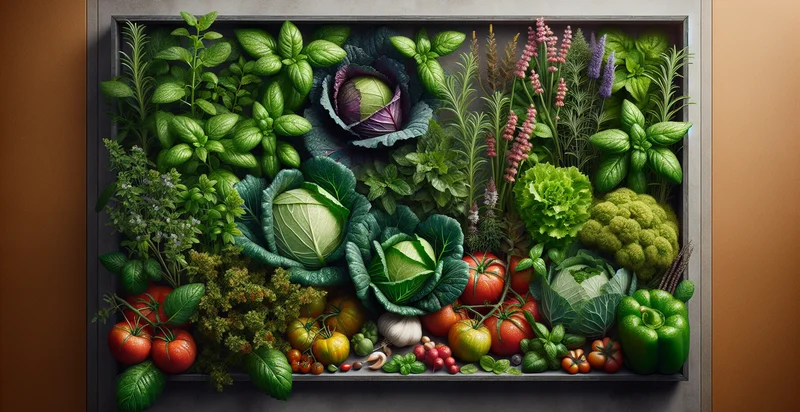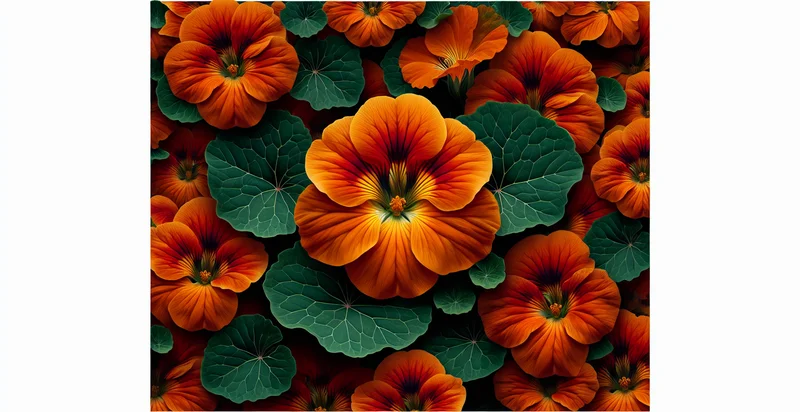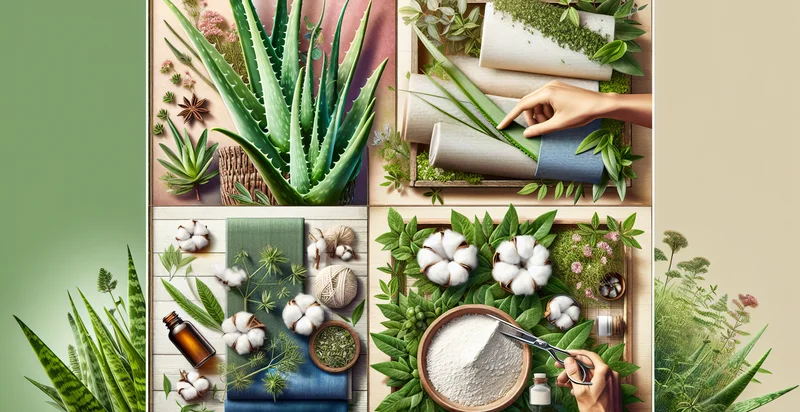Identify edible plants
using AI
Below is a free classifier to identify edible plants. Just upload your image, and our AI will predict if a plant is edible or not - in just seconds.

Contact us for API access
Or, use Nyckel to build highly-accurate custom classifiers in just minutes. No PhD required.
Get started
import nyckel
credentials = nyckel.Credentials("YOUR_CLIENT_ID", "YOUR_CLIENT_SECRET")
nyckel.invoke("edible-plants", "your_image_url", credentials)
fetch('https://www.nyckel.com/v1/functions/edible-plants/invoke', {
method: 'POST',
headers: {
'Authorization': 'Bearer ' + 'YOUR_BEARER_TOKEN',
'Content-Type': 'application/json',
},
body: JSON.stringify(
{"data": "your_image_url"}
)
})
.then(response => response.json())
.then(data => console.log(data));
curl -X POST \
-H "Content-Type: application/json" \
-H "Authorization: Bearer YOUR_BEARER_TOKEN" \
-d '{"data": "your_image_url"}' \
https://www.nyckel.com/v1/functions/edible-plants/invoke
How this classifier works
To start, upload your image. Our AI tool will then predict if a plant is edible or not.
This pretrained image model uses a Nyckel-created dataset and has 2 labels, including Edible and Not Edible.
We'll also show a confidence score (the higher the number, the more confident the AI model is around if a plant is edible or not).
Whether you're just curious or building edible plants detection into your application, we hope our classifier proves helpful.
Related Classifiers
Need to identify edible plants at scale?
Get API or Zapier access to this classifier for free. It's perfect for:
- Agricultural Safety Monitoring: Farmers can utilize the edible plants identifier to ensure that their crops are indeed safe for consumption. This tool can help in cross-referencing plants during harvest to avoid accidental collection of inedible or toxic varieties.
- Culinary Education: Cooking schools and culinary programs can integrate the edible plants identifier into their curriculums to teach students about safe foraging and plant identification. This enhances students' knowledge of local flora and promotes sustainable culinary practices.
- Wildlife Conservation: Conservationists can use the identifier to monitor edible plant populations in various ecosystems, contributing to biodiversity studies. Understanding which edible plants thrive can inform conservation strategies and help maintain healthy habitats.
- Health and Nutrition Applications: Health apps can implement this function to help users identify nutritious wild plants that can be foraged for their diets. By providing users with information on edible plants, these apps encourage healthier eating habits and promote the consumption of local foods.
- Outdoor Education and Survival Training: Survival schools and outdoor education programs can use the edible plants identifier to teach students how to safely identify food sources in the wild. This practical knowledge empowers individuals with essential survival skills while fostering a connection to nature.
- Food Industry Supply Chain: Businesses in the food industry can employ the identifier for sourcing local and seasonal ingredients directly from foragers or producers. This approach not only enhances transparency in the supply chain but also supports local economies and promotes sustainability.
- Eco-Tourism Enhancement: Eco-tourism operators can offer guided tours where the edible plants identifier is used to engage tourists in plant foraging experiences. This promotes an appreciation of local biodiversity and encourages sustainable practices while providing an educational and enjoyable outdoor activity.


